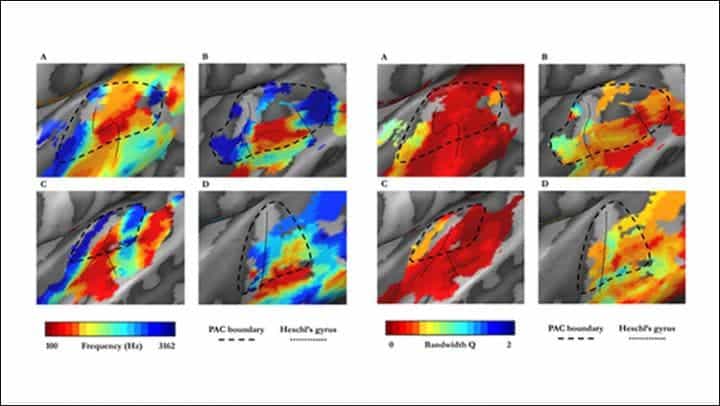
It’s widely known that blind people compensate for their lack of vision by amplifying their other senses. The incredible musical talents of Stevie Wonder and Ray Charles immediately come to mind or even Marvel’s Daredevil, if we’re to take a leap into fiction. But these improvements in the remaining senses are not just learned behaviors — they’re the result of a plastic rearrangement of the brain, which undergoes a sort of makeover following the loss of a sense. In a new study, scientists investigated how people who have lost their vision at an early age process sound, finding that they have more refined auditory cortex responses.
Amplifying sounds
The human brain is traditionally divided into six main areas: the frontal, parietal, occipital, temporal, limbic lobes, and the insular cortex. Smell and sound are controlled and processed in the temporal lobe, sight is typically confined to the temporal lobe, taste and smell share olfactory nerves, touch is generally detected by the parietal lobe, and sight is handled by the occipital lobe.
Studies suggest that the loss of vision prompts the brain to reorganize the way it processes sound. In a new study, researchers at the University of Washington and the University of Oxford compared the auditory cortex response to pure tones in blind people who lost their vision at an early age and sighted individuals.
The results suggest that although the two groups had similarly-sized auditory cortices, this brain area was more responsive to certain frequencies in blind people. These findings published in the Journal of Neuroscience add more weight to the idea that the occipital cortex adapts to the loss of sight by becoming more specialized to support an individual’s increased reliance on sound to interact with the world.
A 2014 study found that adult mice kept in total darkness for just onef week compensate for their loss of vision with an improved sense of hearing and more auditory connections in the brain. Researchers found that the rodents’ neurons responsible for processing sound fired stronger and faster and could pick up on a wider range of tones.

It works the other way around too. A 2012 study published in the same Journal of Neuroscience showed that people who are born deaf use areas of the brain typically devoted to processing sound to instead process touch and vision. The authors of this study previously also showed that people born deaf are better at processing peripheral vision and motion.
In the future, the researchers would like to perform a similar experiment with people who lost their vision as adults, but then recovered it. The aim is to reveal the mechanisms of how these brain areas manage to communicate, which for now remain a mystery.






